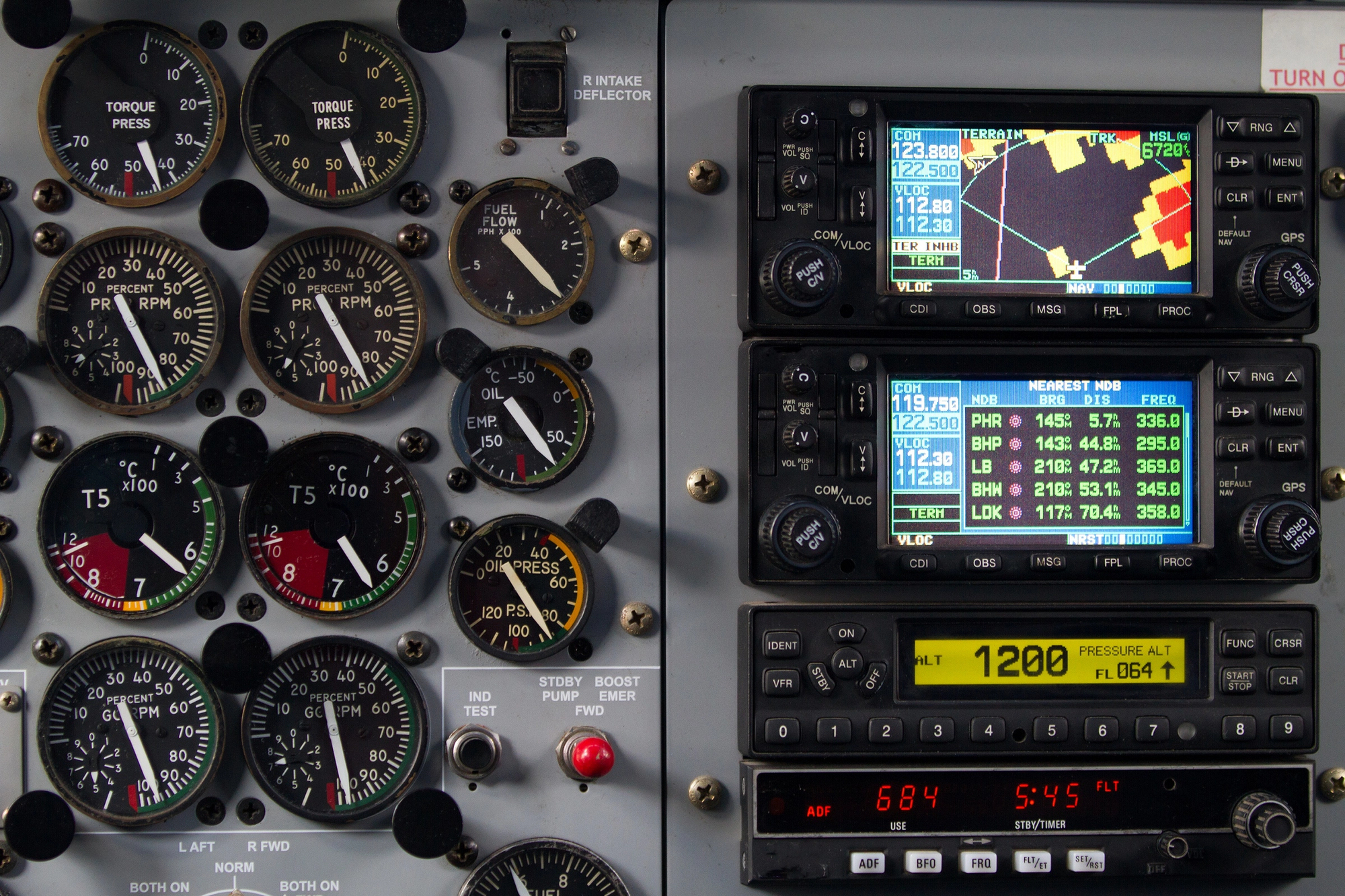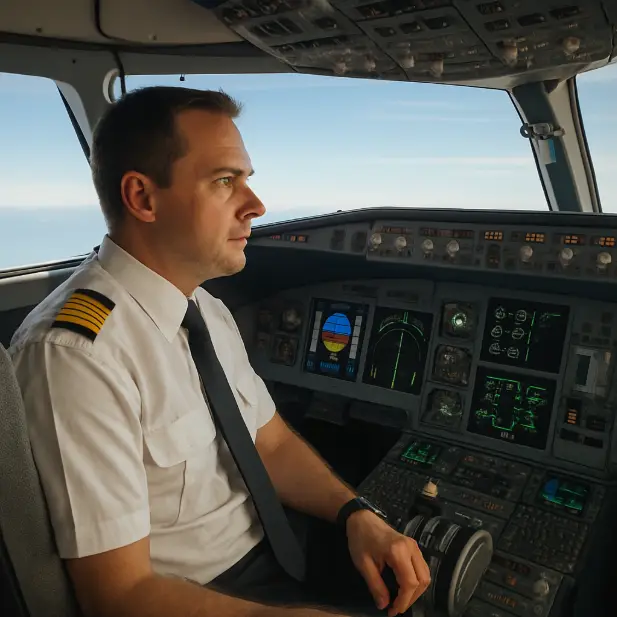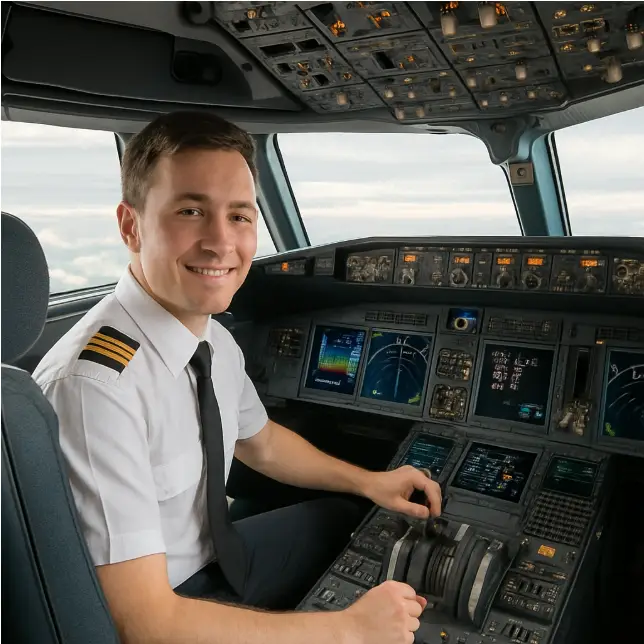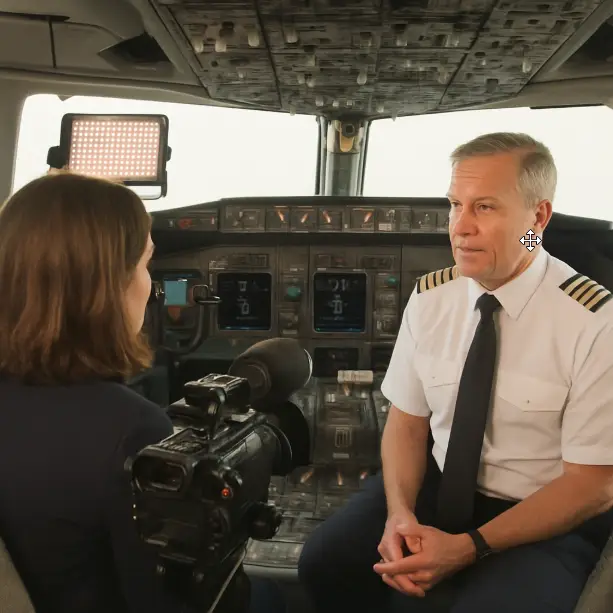Which Instrument Can Be Adjusted by the Pilot

- aviatorpro_6714
When you think about flying a plane, it might seem like a complex and daunting task. However, pilots are well-trained professionals who rely on a variety of instruments to ensure a safe and smooth flight. Among these instruments, several can be adjusted by the pilot to control the aircraft effectively. In this article, we’ll take a closer look at some of these critical instruments, explaining their functions and importance in aviation.
Understanding Plane Instruments
The cockpit of an aircraft is equipped with numerous instruments that provide pilots with essential information about the plane’s performance and environment. These instruments are crucial for maintaining control of the aircraft and ensuring passenger safety. Pilots must be familiar with each instrument, understand its purpose, and know how to adjust it when necessary.
Key Instruments Pilots Can Adjust
1. Altimeter
The altimeter is a vital instrument that measures the aircraft’s altitude above sea level. Pilots can adjust the altimeter to ensure it displays the correct altitude by setting the local atmospheric pressure. This adjustment is particularly important when flying through different weather conditions or when approaching an airport to land.
2. Heading Indicator
The heading indicator shows the aircraft’s direction in relation to true north. It is crucial for navigation and maintaining the desired flight path. Pilots can adjust the heading indicator to align it with the magnetic compass, which helps ensure accurate navigation. Regular adjustments are necessary to account for the instrument’s natural drift over time.
3. Vertical Speed Indicator (VSI)
The Vertical Speed Indicator provides information about the rate of climb or descent of the aircraft. Pilots can adjust this instrument to set a desired climb or descent rate, ensuring a smooth transition between different altitudes. This is particularly useful during takeoff, landing, and when flying through turbulent weather.
Instruments for Navigation and Communication
Beyond the basic flight instruments, pilots also rely on advanced systems for navigation and communication. These systems are crucial for long-distance flights and when flying through controlled airspace.
1. GPS and Navigation Systems
Modern aircraft are equipped with GPS and advanced navigation systems that assist pilots in plotting their course. While these systems are largely automated, pilots can make adjustments to the flight plan if necessary. For example, if there is a change in weather conditions or air traffic control instructions, pilots can update the navigation system to reflect the new course.
2. Radio Communication
Communication with air traffic control is essential for a safe flight. Pilots use radios to receive instructions and relay important information. They can adjust radio frequencies to ensure clear communication with different control towers throughout the flight. This is especially important during takeoffs, landings, and when flying through busy airspace.
Environmental Control Instruments
In addition to navigation and communication, pilots also manage the aircraft’s internal environment to ensure passenger comfort and safety.
1. Cabin Pressure Control
At high altitudes, the air pressure outside the aircraft is much lower than at sea level. Pilots can adjust the cabin pressure control system to maintain a comfortable and safe environment for passengers. This involves regulating the flow of air into the cabin to mimic conditions at lower altitudes.
2. Temperature Control
Temperature control systems allow pilots to adjust the heating and cooling systems within the aircraft. Maintaining a stable cabin temperature is crucial for passenger comfort, especially during long flights or when flying through regions with extreme temperatures.
The Role of Aviator Professionals
Aviator professionals, or pilots, undergo extensive training to master the use of aircraft instruments. Their expertise ensures that flights are conducted safely and efficiently. Understanding how to adjust instruments is a fundamental skill that pilots must develop during their training.
Training and Proficiency
Pilots receive rigorous training in simulators and real aircraft to become proficient in using and adjusting various instruments. This training covers everything from basic flight instruments to advanced navigation and communication systems. Continuous learning and practice are essential to maintain proficiency and adapt to new technologies.
Decision-Making and Problem Solving
Pilots often encounter situations that require quick decision-making and problem-solving skills. Adjusting instruments is part of this process, allowing them to respond effectively to changing conditions and maintain control of the aircraft. Whether it’s adjusting the altimeter for accurate altitude readings or changing radio frequencies for communication, pilots must stay alert and adaptable.
Conclusion
Flying an aircraft involves managing a complex array of instruments, many of which can be adjusted by the pilot. From altimeters and heading indicators to GPS systems and environmental controls, each instrument plays a critical role in ensuring a safe and comfortable flight. Aviator professionals rely on their training and expertise to make necessary adjustments, demonstrating the skill and precision required in the field of aviation.
By understanding these adjustable instruments, we gain a greater appreciation for the complexity of flying and the expertise of pilots who guide us safely through the skies.



